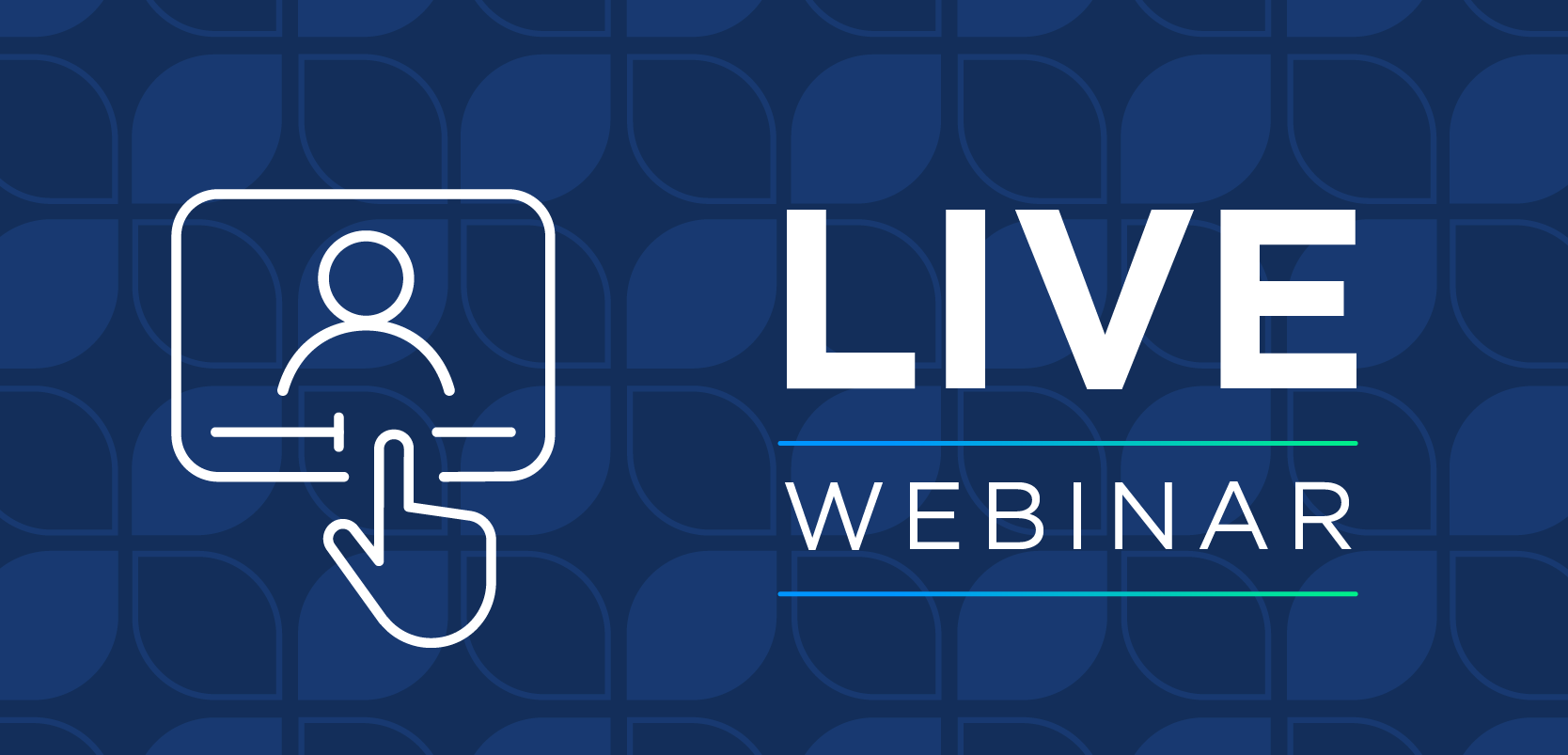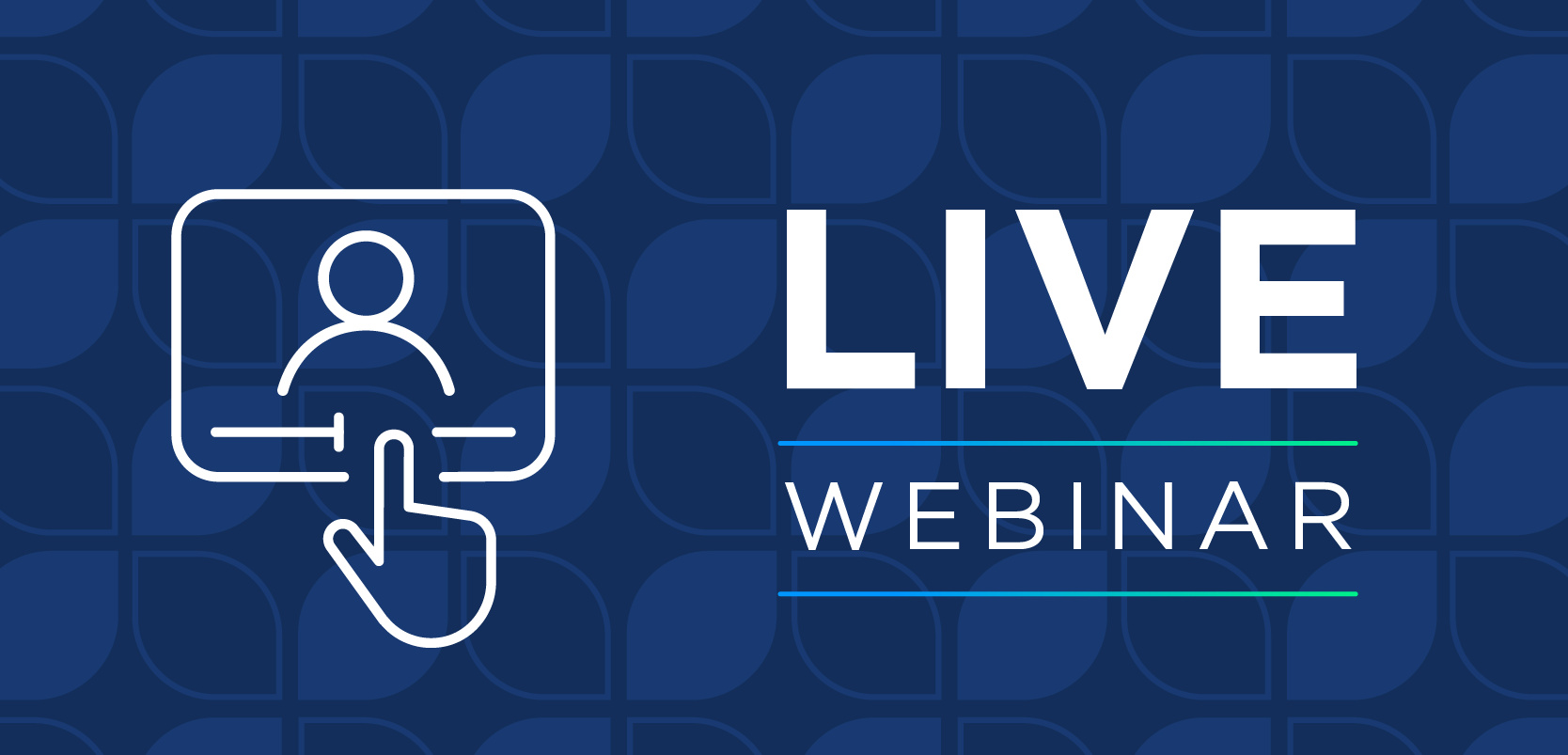
- August 2025
- Volume 91
- Issue 8
More Potassium, Less Pressure: The Diet-Hypertension Link
Key Takeaways
- Increasing dietary potassium relative to sodium intake may be more effective in lowering hypertension than reducing sodium alone.
- Hypertension is prevalent in populations consuming high-sodium, low-potassium diets, contributing to cardiovascular disease risk.
Increasing dietary potassium, such as from bananas, may lower blood pressure more effectively than reducing sodium alone.
Lowering your blood pressure could be as simple as eating more bananas, according to study investigators from the University of Waterloo in Ontario, Canada. The study authors, who published their findings in the American Journal of Physiology-Renal Physiology, noted that increasing the proportion of dietary potassium to sodium intake could be more effective in lowering hypertension than solely reducing sodium intake.1,2
Hypertension is the leading cause of cardiovascular disease and premature death globally, and its prevalence has increased in recent years, attributed to the aging of the population worldwide, along with exposure to certain lifestyle factors that place individuals at greater risk. Hypertension is reported to be exceptionally high in populations where diet largely consists of prepared foods that contain high amounts of sodium ion and low amounts of potassium cation, which is present in fruits and vegetables.1
Hypertension is reported to be more common among men of all races, placing them at higher risk. Additionally, treatment responses differ between sexes, as premenopausal women are less likely to achieve blood pressure control compared with men.1 Treatment response differences between the sexes could be tied to organ and tissue levels, along with differences in nitric oxide bioavailability, the renin-angiotensin-aldosterone system, inflammation, and renal handling of sodium ion and potassium cation.2
Reducing sodium intake is commonly suggested for managing and preventing hypertension. Preventive measures like skipping table salt or decreasing intake of packaged and processed foods high in sodium are also recommended. These measures are reported to significantly lower blood pressure, reduce overall sodium intake, and prevent the development of high blood pressure. The American Heart Association advises a daily sodium limit of no more than 2300 mg, with an ideal target of 1500 mg, particularly for adults with high blood pressure. However, they also note that even a reduction of just 1000 mg/d can positively impact blood pressure and heart health.3
However, the study authors noted that because potassium and sodium are electrolytes that help send electrical signals to contract the muscles, they aimed to determine the effects sodium ion, potassium cation, and fluid homeostasis have on blood pressure.1,2
In the study, the researchers developed a sex-specific computational model to simulate the body’s sodium, potassium, and fluid balance and how these affect blood pressure by combining existing models of blood pressure regulation with models specifically for potassium regulation. The model uses a system of coupled nonlinear algebraic differential equations to describe how various physiological systems interact.1,2
The model simulations suggest that women’s less pronounced blood pressure response to things that raise blood pressure, like sodium, might be due to how their kidney transporters are arranged. Further results revealed how the kidneys react to high potassium, including immediate signals from the gut that tell the kidneys to get rid of more potassium and a longer-term response that reduced how much sodium and potassium the kidneys reabsorb. The findings suggest that a higher potassium intake led to increased excretion of potassium and sodium and a significant drop in blood pressure, even when combined with a high sodium intake.1,2
REFERENCES
1. Stadt M, Layton AT. Modulation of blood pressure by dietary potassium and sodium: sex differences and modeling analysis. Am J Physiol Renal Physiol. 2025;328(3):F406-F417. doi:10.1152/ajprenal.00222.2024
2. High blood pressure? Eat more bananas. University of Waterloo. April 14, 2025. Accessed July 17, 2025. https://uwaterloo.ca/news/media/high-blood-pressure-eat-more-bananas
3. Shaking the salt habit to lower high blood pressure. American Heart Association. Updated May 9, 2024. Accessed July 17, 2025. https://www.heart.org/en/health-topics/high-blood-pressure/changes-you-can-make-to-manage-high-blood-pressure/shaking-the-salt-habit-to-lower-high-blood-pressure
Articles in this issue
3 months ago
Pharmacist Spotlight: David Newman, BSPharm, RPh3 months ago
Condition Watch: Opioid Use Disorder3 months ago
Products News for August 20253 months ago
Vaccine Injury Suit Dismissed Over Records3 months ago
Arbli From Scienture3 months ago
Promote Patient Safety With a Just Culture3 months ago
OTC Case Studies: Oral CareNewsletter
Stay informed on drug updates, treatment guidelines, and pharmacy practice trends—subscribe to Pharmacy Times for weekly clinical insights.


















































































































































































































